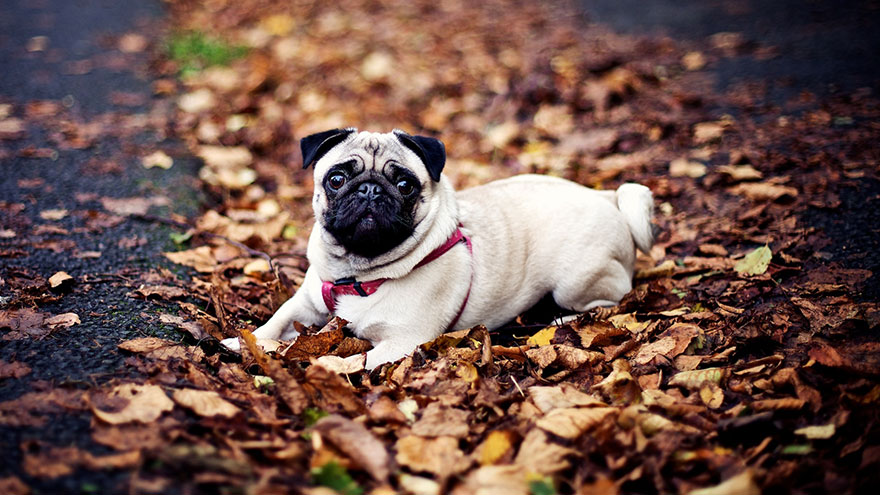Owning a Pug : Breeder Recommendations
The Pug is an intelligent dog with a compact build that may be an excellent addition to the family home. The stubbornness that is part of this breed’s makeup can be frustrating for some owners but overall the Pug is a playful and enjoyable dog.
This breed wants attention and wants to be involved in family activities. If you decide the Pug is for you, we recommend visiting at least three breeders so you have a chance to compare facilities and the way the breeder cares for the dogs.
Things to Know Before Getting a Pug
With puppies, we strongly recommend you never buy one younger than 10 weeks of age. A big part of giving a puppy a good start is the time spent with the breeder. Puppies need about 8 to 10 weeks of socialization and care so that they are ready to live with people and other dogs comfortably.
A new puppy takes a great deal of time and patience. You will be spending time teaching the dog the areas that are off limits in the home. Getting a puppy to the point that it will not be a headache and will be a good companion takes time.
One of the first decisions you should make when buying a Pug is whether to purchase a puppy or an adult. If you choose to get a grown dog from a rescue group, you should always ask many questions about the dog’s health and background.
For an adult, especially one coming out of a rescue organization, plan on being patient to break old habits or teach the dog that you are not going to hurt it. The dog must know that you intend to simply, give it a good, loving home. Knowing about the health and family history of your pet can be a key in preventing future problems.

There are certainly some excellent older dogs available from these rescue sources and they do need good homes. However, keep in mind that this can bring with it a different set of problems than buying a puppy from a top breeder.
Some people have a strong preference for color with their dog, though many new owners think this is of secondary importance. You may be able to find a Pug that is just right for you in three distinct colors: silver, apricot-fawn, or black.
For those Pugs with the silver and apricot-fawn coat, there should be a definite contrast between the coat color and the darker face. The Pug’s coat is short and close, so it will not require a lot of grooming. A regular brushing and some attention to the claws/toenails are always recommended.
RELATED :: What Is the Average Life Expectancy of a Pug Puppy?
As you talk with your breeder, ask about both parents of the litter you are looking at. Make sure the breeder is able to clear up any doubts you may have about health problems and that the breeder gives you documentation that shows the puppy to be free of serious health problems. It may be difficult to think about losing a new pet, but you should be sure to have some guarantees from the breeder, in writing.
Make sure that, if the dog dies in a certain amount of time, you get a replacement or have your money returned. It would be best if you also have some guarantee if a serious illness or health problem occurs. Asking many questions and getting plenty of information is the best way to head off serious problems in the future.
Finally, you need to determine if American Kennel Club (AKC) registration and/or pedigree is important. If you plan to breed or show your new dog, then these certifications would be invaluable.
Keep in mind that there can be some special problems with breeding Pugs, because Cesarean Section is sometimes necessary to deliver litters. It is also important that you also check the puppy’s bloodline, looking for Grand National Champions and tight ancestry.
Again, a reputable breeder would be able to provide you with this information.
Read More About Pug

